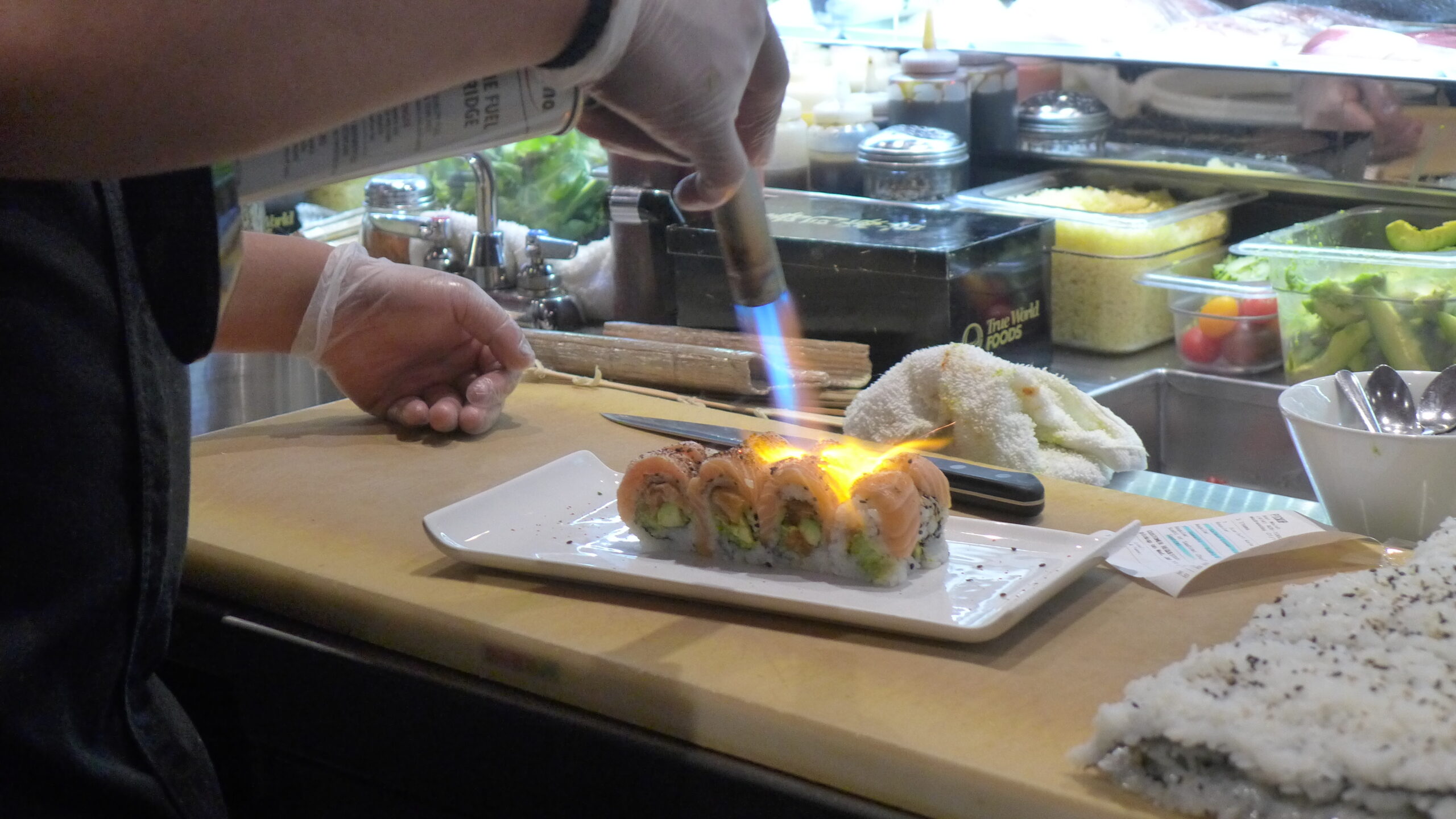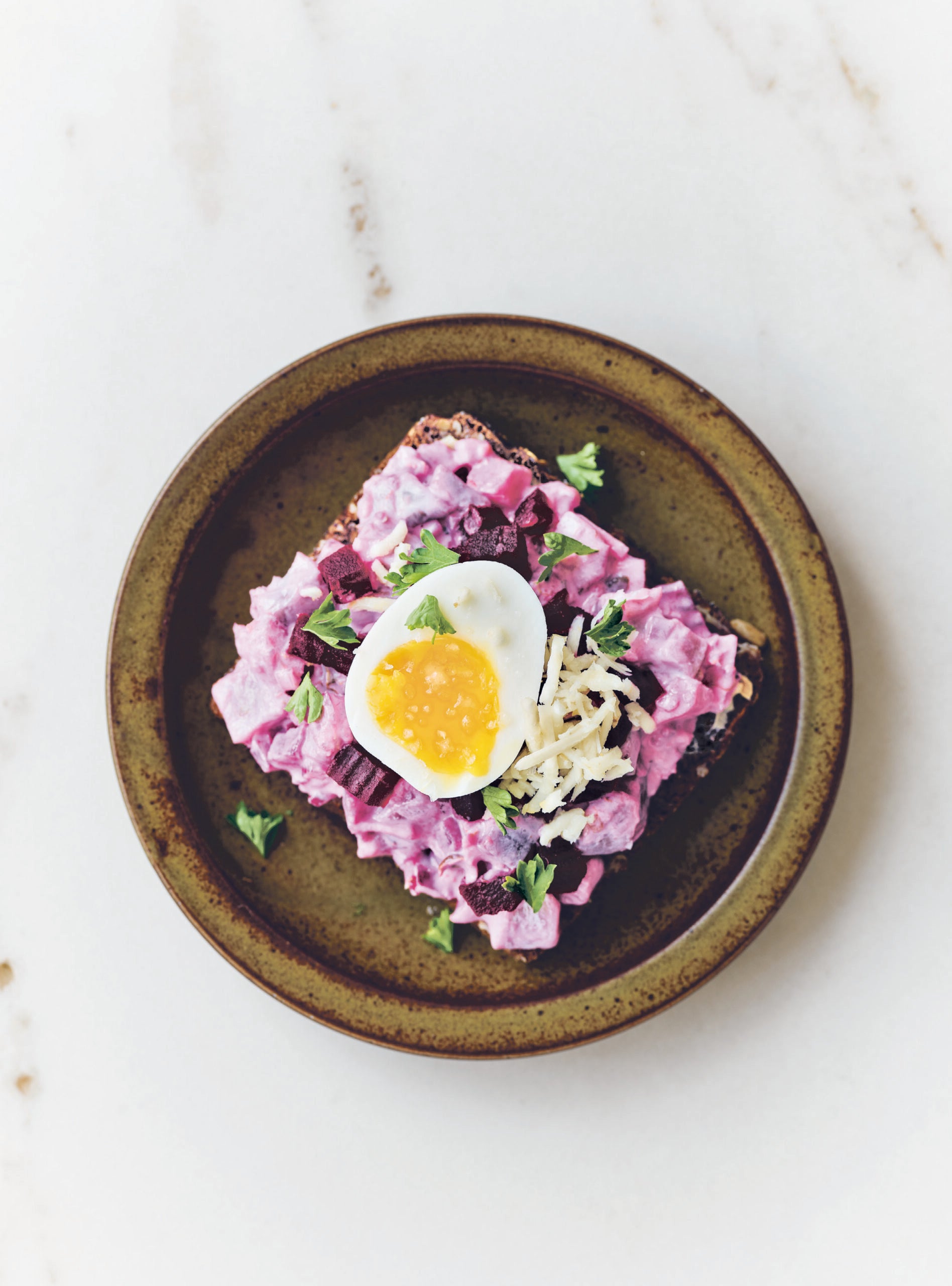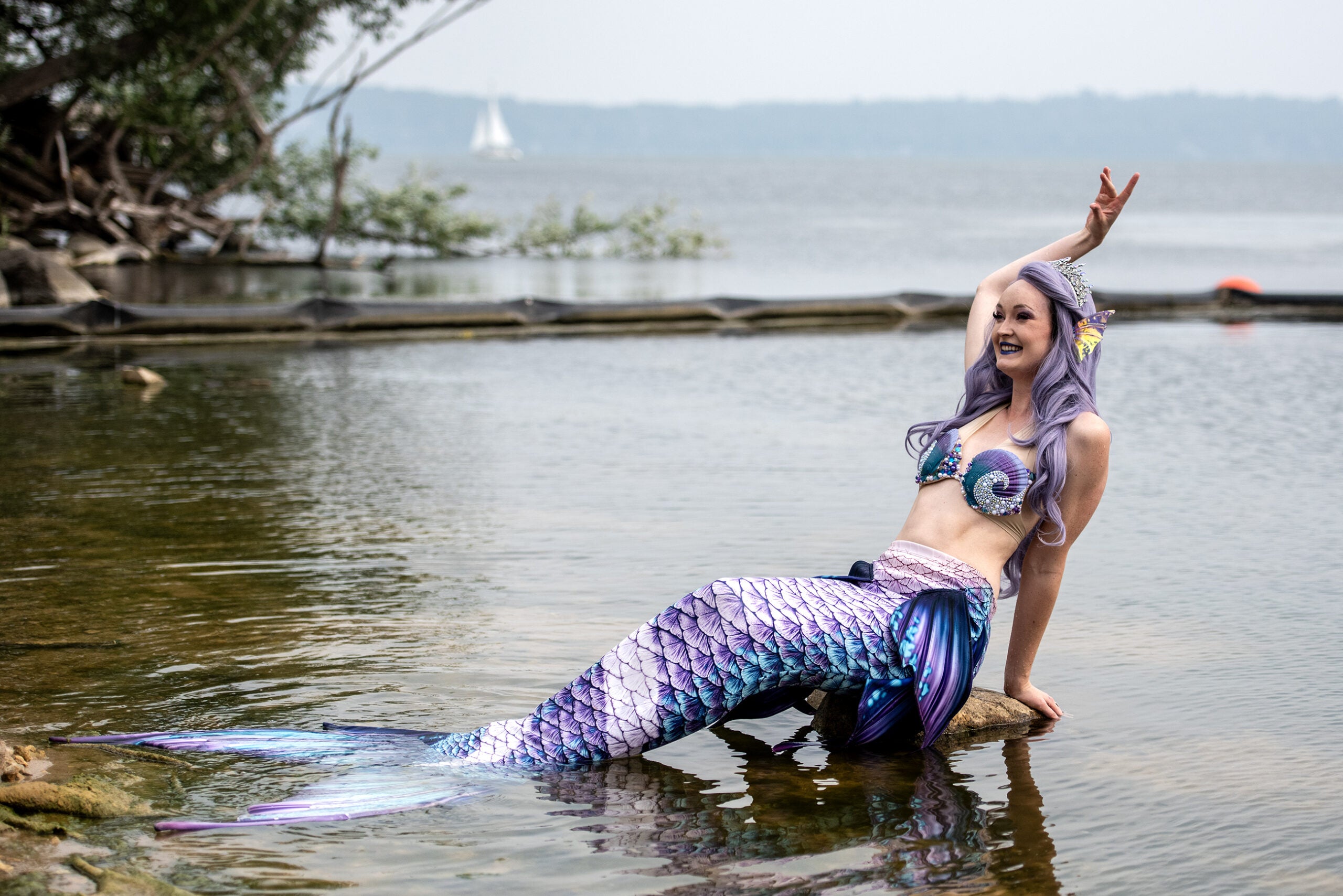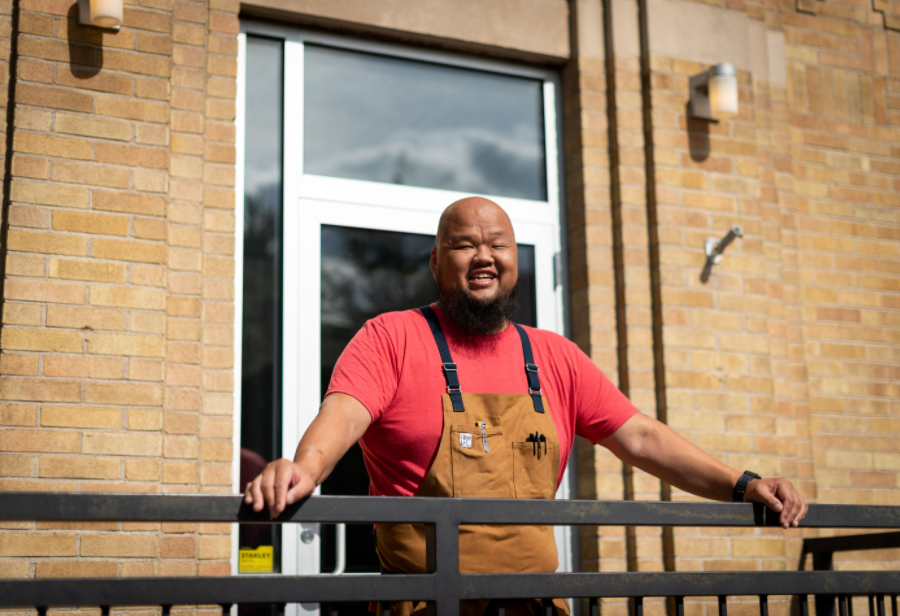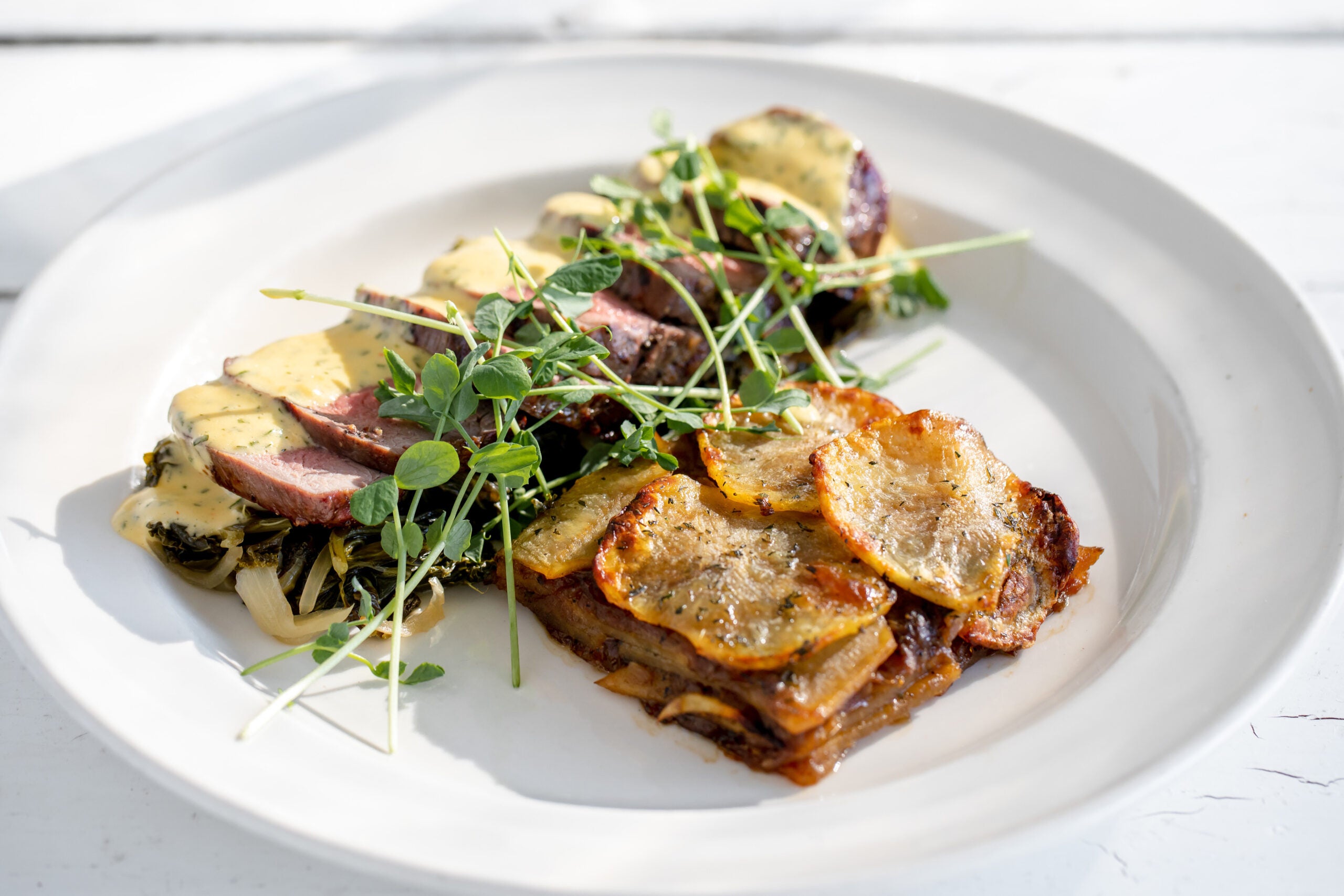You can spend hundreds of dollars on a sushi dinner, or you can get it for $7 at the grocery store. No matter your tastes, sushi is everywhere. Join us this Wisconsin Weekend to learn the ins and outs of this Japanese cuisine with a Wisconsin sushi chef and a Wisconsin dining critic.
Featured in this Show
-
Sushi 101: RED Madison Chef Talks Basics Of Traditional Japanese Dish
When Jack Yip was a college student working part time at a sushi restaurant, he would watch the chef, enthralled by the precision and artistry that went into making the traditional Japanese dish. Now, Yip is a sushi chef himself and the co-owner of RED Madison, a restaurant specializing in sushi in Madison’s capitol city.
While Wisconsin isn’t anywhere near the coasts, its sushi options are numerous. There’s Screaming Tuna in Milwaukee, Kobe Sushi in Minocqua, Matsu Ya in Stevens Point, Soon’s Sushi Cafe in Kenosha, and Fuji Sushi & Hibachi in Middleton, just to name a few.
Yip joined WPR’s “The Morning Show” to share some sushi basics.

David Wright (CC BY-NC-ND)What are the different kinds of sushi?
“Sushi” is a catch-all phrase, but the word actually refers to the special vinegared rice used in sushi dishes. Dishes made with this rice are called sushi.
Sushi rolls, especially uramaki rolls — with the rice on the outside and the seaweed, or nori, on the inside — tend to dominate the American sushi scene. But there’s nigiri (thinly sliced raw fish served atop pressed sushi rice), maki (a traditional sushi roll with seaweed on the outside) and temaki (sort of like a cone-shaped sushi burrito, with seaweed holding various ingredients).
Sushi doesn’t mean raw fish.
Plenty of sushi has fresh raw fish, but not all of it does. You can get tempura rolls, which have battered and fried meat (often shrimp), and plenty of sushi rolls have cooked fish or are vegetarian.
You can eat it with your hands.
That’s right. Early in its history, sushi was intended to be a street food and snack that could be eaten on the go. So if you can’t handle chopsticks, there’s no shame in just using your fingers.
Wasabi isn’t wasabi.
Most “wasabi” you’ve eaten is actually a paste made from horseradish, mustard and food coloring. Real wasabi comes from a root called wasabi japonica.
Wasabi japonica is very difficult to grow, and the market price is over $120 per pound, Yip said. It tastes a bit sweeter than the horseradish paste, and doesn’t have the same kick, he said.
Substitute “wasabi” isn’t a bad thing, though — it pairs well with fatty fish, he said.
Hear Jack Yip describe the sushi-making process:
Episode Credits
- Kate Archer Kent Host
- Colleen Leahy Producer
- Jack Yip Guest
- Carol Deptolla Guest
Wisconsin Public Radio, © Copyright 2024, Board of Regents of the University of Wisconsin System and Wisconsin Educational Communications Board.

